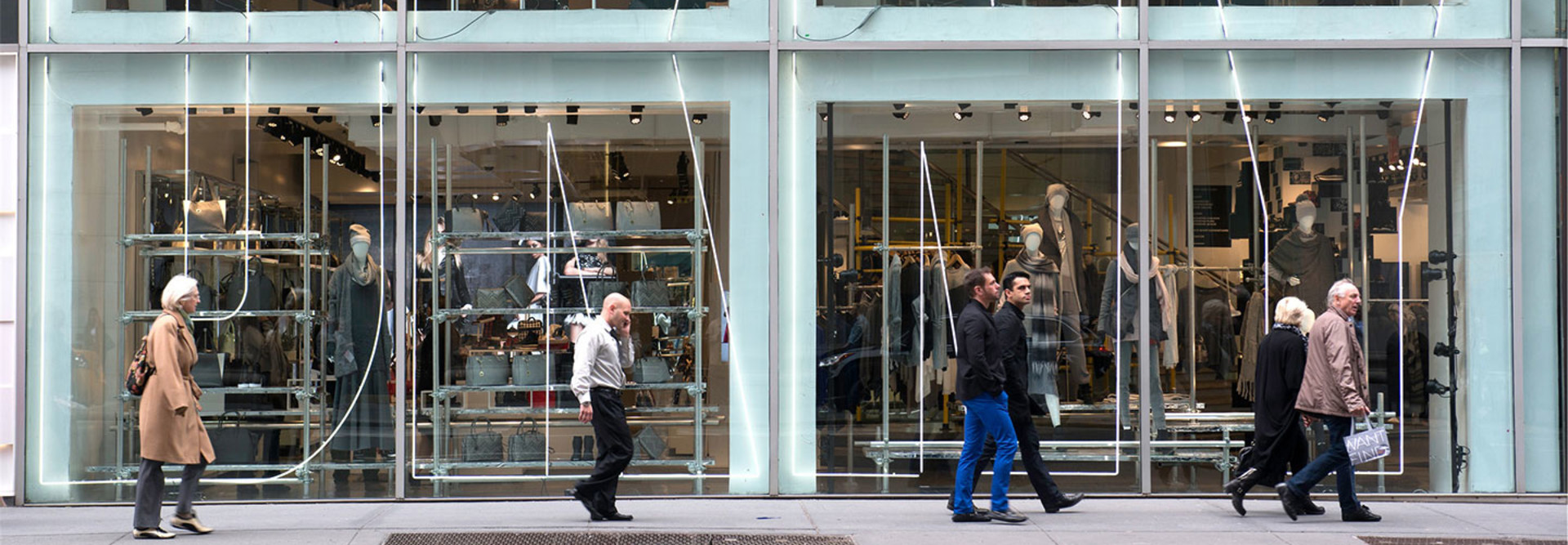5 Stages of the Tech-Obsessed Retail Journey
The retail renaissance is here. Mobile connectivity blurs the line between in-store and online purchases, and opportunities for consumers and retailers abound.
It’s no longer sufficient for retailers to offer great products and follow traditional marketing practices to attract buyers. To stay engaged at every step of today’s multifaceted customer journey, retailers must adapt and construct an enhanced buying experience, powered by a secure infrastructure.
Here are the technology-driven stages of a retail customer’s buying journey:
1. Discovery
Today’s digital buying process creates a trail of data for retailers to follow, while finding and interacting with customers along the way. For retailers, this provides a huge opportunity. Shoppers’ digital behavior leaves behind a treasure trove of data, but simply collecting that data isn’t enough. To fully benefit, retailers need to invest in smarter business intelligence and cloud-based technology.
2. Consideration
The battle for buyers is only half won when the customer enters a store. The latest in-store technology can help close a sale. A variety of new information delivery technologies allow retailers to showcase the products and services that are most relevant to in-store shoppers. Digital signage, self-service kiosks and in-store Wi-Fi all work together to help customers discover and learn about new or unfamiliar products.
3. Transaction
Opportunities abound at the point of sale, and retailers that ensure a smooth and secure transaction will build consumer trust. Customers choose wisely when it comes to how they pay for things. There’s a growing reluctance to wait in long checkout lines, fumble with cash and potentially expose credit or debit card data to strangers. Today’s shoppers want to pay for their products quickly and securely, then move on to whatever is next.
4. Experience
Every customer who steps into a store is a potential ambassador, capable of building up or breaking down a brand. In the digital age, word-of-mouth recommendations travel fast and furiously. All customer interactions play a major role not only in creating brand advocates — people who recommend a business to others — but also in minimizing returns, exchanges, negative online reviews or other symptoms of buyer’s remorse.
5. Loyalty
A returning customer is the best indication that a business has provided a great retail experience. Customer loyalty is difficult to build and easily lost. Customers become loyal to an organization when they are served beyond their expectations, feel appreciated and can trust a retailer in key areas such as product quality, pricing, security, delivery service, post-sales support and overall responsiveness.
Next Steps
Learn how to connect with connected customers through every step of the retail buyer’s journey with a complete portfolio of the latest retail technology solutions.
Download the “The Retailer's Guide to Enhancing the Customer Experience.”








